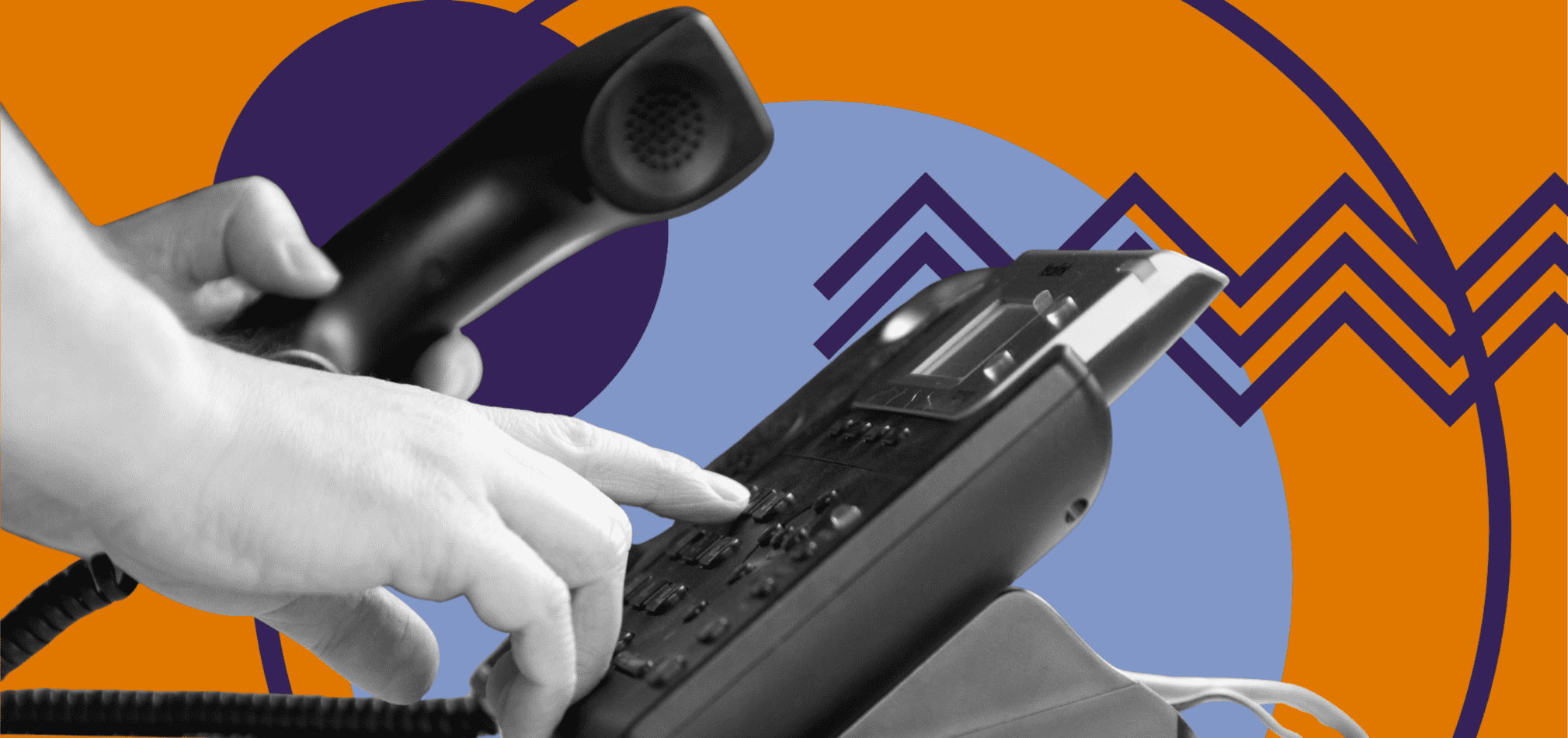
Let’s be clear: if you’ve worked in home health or hospice for a while, you already know what a frequency is. But if you’re onboarding someone new (someone stepping into this industry for the first time) this is one of the very first concepts they need to understand.
At The Home Health Consultant, we created this article specifically as a training resource for new hires. Whether you’re building a clinical onboarding program or just need a solid day-one reference, this is designed to be bookmarked, shared, and revisited as part of your staff development toolkit.
Yes, frequency issues can lead to survey deficiencies—but that’s not why we’re talking about it here. We’re going back to basics on purpose. This isn’t about catching mistakes after the fact. It’s about setting a strong foundation before charting even begins.
In this article, you’ll walk through:
- What “frequency” means in home health and hospice
- Why Medicare requires it—and accreditors enforce it
- How to correctly write, read, and manage frequencies
- What to do when visits are missed, canceled, or changed
If you’re training new office staff, clinical team members, or schedulers—start here.
How is a Frequency Written in Home Health & Hospice?
A frequency is the schedule of visits planned within an episode.
Frequencies are written in the following formula: XYZ
This includes:
- How many visits (X)
- How often (Y, the unit of time)
- For how long (Z, the duration)
Think of frequency like a math formula:
X visits per Y time unit for Z time period
Example of How a Frequency is Written:
1W9 means one visit per week for nine weeks.
- X = 1 visit
- Y = week
- Z = 9 weeks
A common home health frequency is 2wk2, 1wk7. This reads as twice a week for two weeks, then once a week for 7 weeks.
This is part of your patient’s plan of care and must be ordered by a physician. It guides your team on when and how often care must happen.
The frequency supports the goals and interventions already established in the care plan.
It answers the question:
“How often do we need to visit to actually carry this out?”
You don’t start with the frequency—you start with the orders and goals. Once you know what the patient needs, frequency tells you how often those needs should be addressed. Without it, even the best care plan falls apart.
What Are Examples of Different Frequencies?
Frequencies may span all or part of the episode—but most cover the full period.
Generally, frequencies are written in the XYZ format as described above. Variations within this format are for varied durations (Y). Variations are:
- Y=D (Day) 1d5: once a day for 5 days
- Y=W (Week) 1w5: once a week for 5 weeks
- Y=M (Month) 1m5: once a month for 5 months
While daily visits can be written in 1d5 format, there’s a different terminology for daily visits. They are usually used for skilled tasks like IVs or injections, or to depict medication frequencies. Here's a breakdown of commonly used acroynms in these daily visits:
- QD: once a day
- BID: twice a day
- TID: three times a day
Examples of Different Frequencies:
- 1D10: One visit per day for 10 days (often for wound care or IV therapy).
- QDx10: Once daily for 10 days
- BIDx7: Twice daily for seven days
- TIDx5: Three times daily for five days
Frequencies must be consecutive unless the plan states otherwise. For example, 1W3 (one per week for three weeks) means three back-to-back weeks, not any three weeks in the episode. And 2w3, 1w4 means twice a week for three weeks, then starting the next consecutive week, once a week for four weeks.
Agencies can specify an off week. For example, if they know a patient will be out of town and won’t be able to receive visits in that week like this:
2w1, 1w3, 0w1, 1w4
This reads: twice a week for one week, then once a week for three weeks, then 0 times a week for 1 week (skipped week), then once a week for 4 weeks.
Why Do Most Frequencies Match the Full Home Health Episode or Hospice Benefit Period?
You generally plan for the full episode—unless care is short-term.
- Home health episodes run about 9 weeks
- Hospice benefit periods run about 9–13 weeks
Shorter frequencies are only used when care is very limited, such as IV treatment, post-op wound care or limited medical necessity.
If you write a shorter frequency (e.g., 1W2), you’ll need to re-evaluate the patient for more visits after that, or discharge if none are needed. And that re-evaluation must be done by a higher-level clinician (RN, PT, etc.)—not an assistant (LVN, PTA, etc.).
That’s why most agencies just write the full episode up front. It avoids unnecessary reassessments and gives you the flexibility to deliver care without constant reordering.
It’s important to note that frequencies are set by the physician as part of the care plan. The physician determines the frequencies with the evaluating RN and the agency’s clinical staff that works on care plan generation.
Why is it Important to Know Your Agency’s Calendar Week When Following Frequencies?

Frequencies are enforced per calendar week—and your agency defines the week.
Common options:
- Sunday to Saturday (matches standard calendars and how most agencies operate)
- Monday to Sunday (some agencies prefer this)
This affects visit timing and whether a visit “counts” for a specific week.
Example of How Frequencies Work Within Your Agency's Calendar Week:
If your frequency is 1W9 and your week starts on Sunday:
- A visit on Sunday counts for that week, not the one ahead.
This is critical when managing missed visits and proving compliance during survey. This also makes it essential to review this point when onboarding staff.
Pro Tip: While most agencies operate Sunday to Saturday, new field staff could come from somewhere that operates differently. Make sure this is part of your general onboarding to avoid confusion driven compliance deficiencies.
How Do Frequencies Work with the Plan of Care and MD Order?
You cannot schedule visits with a patient outside the prescribed frequency.
It’s not a guideline, it’s an order. Once a frequency is written, it becomes part of the MD-signed plan of care. This means your agency is legally and clinically responsible for meeting it exactly as written. No more, and no less.
If a visit is missed or rescheduled outside the scheduled unit of time, it requires a missed visit order and MD explanation.
What Happens If You Miss a Frequency Visit?
Things happen. Sometimes visits are missed. In the eyes of Medicare, surveyors and ADR auditors, the reason why makes a big difference.
A missed visit must not be your agency’s fault.
That means no “we were short-staffed” or “the nurse was out sick” excuses. Authorities expect that if an agency accepts a patient for care, that they can provide the needed healthcare as ordered. A sick clinician requires a substitute, not a cancellation. Medicare, surveyors and ADR auditors expect agencies to:
- Restaff immediately
- Attempt rescheduling with the patient
- Get an MD order explaining the miss
Only two acceptable reasons for missing a visit exist:
- The patient canceled and refused to reschedule for another time within that week/month…
- The patient refused a different clinician when you attempted to restaff
Even if a nurse gets sick, you must show that your agency tried to fill that visit. If the patient insists on waiting for their regular nurse, you must document that refusal in the missed visit order.
Failure to attempt and/or document a restaff can result in survey deficiency, and in the case of ADR, financial claim deduction or denial. A patterned disregard for frequency can trigger bigger problems.
How to Handle Visit Cancellations or Changes
If the visit is missed early in the week, you have more time to make it up. That’s why clinicians should schedule early in the time period (e.g., early in the week, month…) whenever possible.
Always document:
- The reason for the missed visit
- Attempts to reschedule or restaff
- MD approval and remaining frequency
Even when the physician says, “Just make it up next week,” you need an updated signed order allowing for an additional visit in the following week for a makeup.
Do Home Health or Hospice Frequencies Ever Change?
Frequencies can only be adjusted for medically necessary or patient-initiated reasons. Frequencies can never change because of agency preference.
Acceptable changes include:
- Early discharge (all goals met)
- Patient requests pause or reduction in care
- New plan of care due to condition change
All changes require an MD order. And they must be documented clearly in the chart.
Why Understanding Frequencies in Home Health & Hospice Care is Essential

A frequency is the schedule for delivering ordered care:
- How many visits?
- How often?
- For how long?
This isn’t about survey prep or catching mistakes after they happen. It’s about building a solid foundation during training, so every new nurse, therapist, and scheduler understands what they’re executing from day one.
We’ve seen agencies struggle with frequencies—not because they didn’t care, but because new team members were never clearly taught how it works. Once those training gaps were closed, documentation improved. So did visit planning, communication, and patient outcomes.
Frequencies might seem basic. But when they’re misunderstood, everything else can break down. Missed or incorrect frequencies do happen, but they’re preventable with the right systems in place.
If you’re not confident in your agency’s current processes, we’re here to help. At The Home Health Consultant, we help agencies stop scrambling and start complying. Explore our proven process below to see how we can help your agency.
*This article was written in consultation with Mariam Treystman.
*Disclaimer: The content provided in this article is not intended to be, nor should it be construed as, legal, financial, or professional advice. No consultant-client relationship is established by engaging with this content. You should seek the advice of a qualified attorney, financial advisor, or other professional regarding any legal or business matters. The consultant assumes no liability for any actions taken based on the information provided.






























